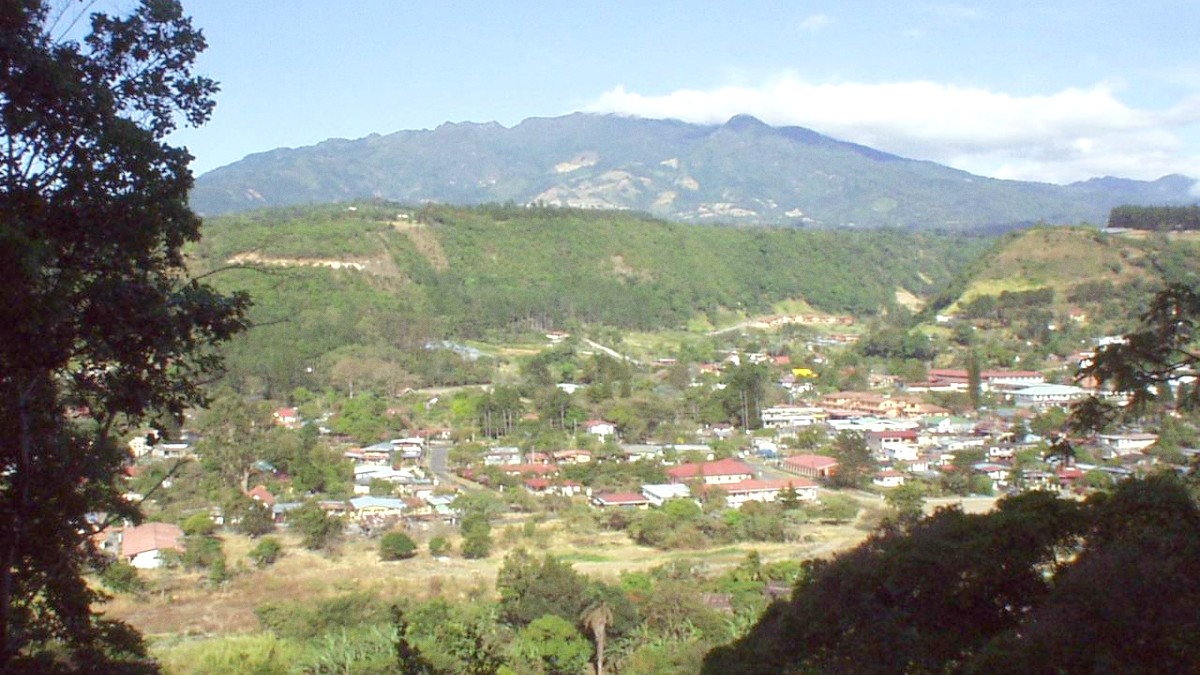
Chiriqui Province, Panama
Travelers discover a destination that holds tranquility alongside adventure. Mornings may involve hiking through cloud forests, seeking rare birds, or climbing Panama's highest peak, Volcán Barú. Afternoons might guide you to explore charming local shops, relax in natural hot springs, or uncover the intricate process of coffee production directly from the growers. Evenings hold delightful dining, from fresh local trout to international cuisine. Boquete presents a sanctuary for nature lovers, coffee enthusiasts, and those seeking a peaceful retreat. Its inviting atmosphere and diverse activities assure every visitor a cherished stay.
Boquete is not simply a town; it is an experience, a blend of natural wonder and cultural richness. The community here, a mix of friendly locals and a lively international expatriate population, adds a distinctive flavor to the region.
This blend fosters an environment where traditional Panamanian customs meet global influences, fostering a welcoming and open spirit. Whether your interest lies in chasing waterfalls, tasting the world's best coffee, or simply unwinding amidst stunning scenery, Boquete extends an invitation for an unforgettable journey.
Boquete resides in the western highlands of Panama, within the Chiriquí Province. This province borders Costa Rica to the west and spans eastward, south to the Pacific, and north to the Caribbean. Boquete sits about 3,900 feet (1,200 meters) above sea level. Rolling hills, deep valleys, and the towering presence of Volcán Barú characterize the surrounding landscape.
Volcán Barú, an active but dormant stratovolcano, dominates Boquete's northern horizon. Reaching 11,398 feet (3,474 meters), it is Panama's highest point. The volcano generates the region's rich, fertile volcanic soil. This soil sustains the area's renowned coffee plantations and diverse agricultural produce. Boquete's mountainous setting protects it from the direct impact of Caribbean hurricanes. While Boquete experiences a rainy season, the mountains generally moderate extreme weather. From Volcán Barú's summit on a clear morning, you may observe both coastlines.
Around 3,900 feet (1,200 meters) above sea level.
Mild, spring-like temperatures year-round.
Volcán Barú, Panama's highest peak, with fertile volcanic soil.
Moderate rainy season, with "bajareque" mists common.
Surrounded by biodiverse cloud forests with rich flora and fauna.
The highland topography shapes the region's biodiversity. Boquete is surrounded by cloud forests, a type of rainforest marked by persistent low-level cloud cover. These misty, humid environments are home to an extraordinary array of plant and animal life, including numerous bird species. The dense foliage, winding rivers, and dramatic elevation changes contribute to a landscape that invites discovery.
From the summit of Volcán Barú on a clear morning, one may actually observe both the Pacific and Caribbean coastlines, a phenomenon few places in the world match. This dual-ocean view speaks to Panama's narrow landmass and Boquete's commanding elevation.
Boquete's geographical setting directly influences its weather patterns, agricultural output, and the types of outdoor activities travelers find. This makes it a distinct and appealing travel destination.
The dense foliage, winding rivers, and dramatic elevation changes contribute to a landscape that invites exploration. This geographical setting directly influences everything from Boquete's weather patterns to its agricultural output and the types of outdoor activities available, making it a distinct and appealing travel destination.
Boquete's history, like its landscape, deeply intertwines with its natural resources and its position within Panama. These groups lived off the land, using its rich soil and abundant water, developing deep connections with the environment. Their legacy persists in various local traditions and, for those interested, ways to learn about their culture in nearby areas.
European settlement in Boquete began in the late 19th and early 20th centuries. Early pioneers, many from Europe, specifically Germany and Switzerland, were drawn to the area's cool climate and fertile land, which reminded them of their homelands. These settlers quickly noted the potential of the volcanic soil for agriculture. They began cultivating various crops, with coffee quickly emerging as the most important.
Coffee cultivation transformed Boquete into a globally recognized producer of high-quality beans, specifically the Geisha variety.
The Panama Canal's construction indirectly influenced Boquete, drawing attention and some infrastructure.
Boquete has shifted from a secluded agricultural town into a thriving tourist and expatriate destination.
This agricultural success has shaped the local economy and cultural identity. The annual Feria de las Flores y el Café, a flower and coffee fair, celebrates this heritage, drawing visitors from across Panama and beyond.
Consistently mild, spring-like weather for comfortable travel.
Home to prized coffee estates, including the Geisha varietal.
Hiking, birdwatching, rafting, and ziplining opportunities.
The town center is walkable, with charming shops, various restaurants, and inviting cafes.
Dining options range from local "fondas" serving traditional fare to fine international cuisine.
The annual Feria de las Flores y el Café in January celebrates the region's floral beauty and coffee heritage.